КУХОННИЙ НАБІР набір кухонних ножів ручної роботи майстра студії Fomenko Knifes, Сталь CPM® 20-CV™ 61-62 HRC
- Виробник: Майстерня ножів ручної роботи FOMENKO KNIFES
- Модель: КУХОННИЙ НАБІР - ніж ручної роботи Fomenko Knifes
| Загальна довжина клинка mm: | Загальна довжина: 1. 325 мм, 2. 285 мм, 3. 240 мм, 4. 325 мм |
| Матеріал леза | Cталь CPM® 20CV™ (вона ж Duratech CV20) – високохромиста, високованадієва, корозійностійка порошкова сталь, вироблена концерном «Crucible Industries» (США). (ТО Rostyslav Dozlo) |
| Твердість клинка (метал): | Загартованість - 60-61 HRC |
| Матеріал руків'я: | Мікарта. |
| Довжина леза | 1. Довжина леза: 200 мм, 1. Ширина леза: 40 мм, 1. Товщина леза: 2.7 мм 2. Довжина леза: 160 мм, 2. Ширина леза: 35 мм, 2. Товщина леза: 2.7 мм 3. Довжина леза: 115 мм, 3. Ширина леза: 17 мм, 3. Товщина леза: 2.7 мм 4. Довжина леза: 200 мм, 4. Ширина леза: 14 мм, 4. Товщина леза: 2.7 мм |
- Наявність: Під замовлення
Доступні варіанти
Опис
ТЕХНІЧНІ ХАРАКТЕРИСТИКИ:
Назва ножа: КУХОННИЙ НАБІР набір кухонних ножів ручної роботи майстра студії Fomenko Knifes, Сталь CPM® 20-CV™ 61-62 HRC
Тип ножа: Фіксований клинок
Бренд: Студія ексклюзивних ножів ручної роботи FOMENKO KNIFES
Сталевий лист: Ціліснолитий, насткрізний монтаж на стяжку і смолу
Кут заточення леза: Загострений на 34-35 градусів
Спуски: Прямі
Зведення: 0.1 мм
Твердість леза: 61-62 HRC
Загальна довжина: 1. 325 мм, 2. 285 мм, 3. 240 мм, 4. 325 мм
1. Довжина леза: 200 мм, 1. Ширина леза: 40 мм, 1. Товщина леза: 2.7 мм
2. Довжина леза: 160 мм, 2. Ширина леза: 35 мм, 2. Товщина леза: 2.7 мм
Товщина руків'я: 22 мм
Шліфування леза: Фініш - поперечний машинний сатин
Матеріал больстера (гарда) та тильника: Виготовлені із нержавіючої сталі
Матеріал руків'я: Акрил.
Колір руків'я: Біло-Чорний
Просочення руків'я: Відсутнє
Покриття руків'я: Шліфований
Отвір для шнурка (під темляк): Відсутній
Темляк: Відсутній
Піхви: Дубовий футляр
Модель: КУХОННИЙ НАБІР колекційний ексклюзивний набір кухонних ножів ручної роботи майстра студії Fomenko Knifes, купити замовити в Україні (Сталь - CPM® 20-CV™ 61-62 HRC)
Номер моделі: 056
Країна народження: Україна
Ремісник: Майстер Олександр Фоменко (Fomenko Knifes), м. Чугуїв (Chuhuyiv), Україна Студія Студія ексклюзивних ножів ручної роботи FOMENKO KNIFES
Найкраще використання: Багатофункціональний: кухня, полювання, рибальство, поділ тушки, нарізка тощо
Стан ножа: Новий
Ціна вказана з футляром.
Ніж заточений, не є холодною зброєю.
Наші ножі дуже гострі, тому відкривайте та використовуйте їх дуже обережно. Ми не несемо відповідальності за будь-які травми, пов’язані з використанням наших ножів.
Наша продукція призначена для легального використання лише відповідальними покупцями. Ми не будемо продавати наші продукти особам молодше 18 років.
Наявність регулярно змінюється, після підтвердження вашого замовлення ми повідомимо вас про наявність або коли товар буде готовий. Товар може дещо відрізнятися від зображеного на фото.
Порошкова сталь Crucible CPM® 20CV™
Cталь CPM® 20CV™ (вона ж Duratech CV20) – високохромиста, високованадієва, корозійностійка порошкова сталь, вироблена концерном «Crucible Industries» (США). Останнім часом сплав (і аналоги, наприклад M390 ) набирають популярності на серійних та авторських ножах. І цілком заслужено – ця сталь поєднує в собі високу стійкість ріжучої кромки (при твердості HRc 62-63 приблизно в півтора рази краще ніж у CPM S30V при 61-62) при гарній корозійній стійкості та пристойній механіці.
CPM20CV гарантує високу ударну в'язкість і здатна витримати важку роботу в екстремальних умовах. Крім того, сталь відрізняється агресивним різом. З недоліків – дещо складніше в обробці, для хорошого результату при термообробці потрібна кріообробка.
Сталь виготовляється за технологією аморфних металевих сплавів, більш відомою серед виробників та любителів ножів під абревіатурою СРМ (Crucible Particle Metallurgy). Процес CPM дозволяє виробляти дуже однорідну, високоякісну сталь, яка характеризується чудовою стабільністю, однорідністю та жорсткістю порівняно зі сталями традиційного виробництва плавок.

Порошкова швидкорізальна сталь була розроблена наприкінці 60-х років минулого століття у Швеції. Метод порошкової металургії дозволяє вводити в сталь більшу кількість легуючих елементів, при цьому не відбувається зниження міцності та оброблюваності.
Порошкова сталь, на відміну від звичайної, у розплавленому вигляді подається через спеціальну насадку через потік рідкого азоту. Сталь швидко твердне у вигляді невеликих частинок. В результаті виходить порошок з рівномірним розташуванням карбідів (місце скупчення карбідів - це зародження тріщин). Карбіди виконують у складі сталі ту ж функцію, що і камені на вулиці: вони (карбіди) твердіші, ніж сталь, що їх оточує, і сприяють підвищенню її зносостійкості.
Отриманий порошок просівається і міститься в сталевий контейнер, в якому створюється вакуум. Далі вміст контейнера спікається при високій температурі та тиску - таким чином досягається однорідність матеріалу. Цей процес називається гарячим ізостатичним пресуванням. Після цього сталь обробляється тиском. В результаті виходить швидкорізальна сталь з дуже маленькими частинками карбідів, рівномірно розподілених у сталевій основі. Отримана сталь може прокочуватися традиційним способом, як і серійні марки сталі, у результаті досягається її підвищена міцність.

Відмінності в показниках зносостійкості різних марок порошкової сталі пояснюються наявністю в їхньому складі різних карбідів у різних пропорціях та з різною рівномірністю розподілу по всьому об'єму сталі. З двох сталей, що мають приблизно однакову твердість, більш зносостійкою буде та, у складі якої карбідів більше або вони більш тверді.
Склад стали:
З 1,9% - вміст вуглецю в сплаві становить 1,9%. Вуглець — найважливіший елемент сталі, він підвищує її міцність, надає металу хорошу твердість.
Сr 20% - вміст хрому у сплаві становить 20%. Хром – сірувато-білий блискучий твердий метал. Хром впливає на здатність сталі до загартовування, надає сплаву антикорозійних властивостей і підвищує його зносостійкість. Міститься в нержавіючій сталі будь-якої марки.
Mo 1,0% - вміст молібдену у сплаві становить 1,0%. Молібден – сріблясто-білий метал. Молібден - твердоплавкий елемент, він запобігає ламкості і крихкості клинка, надаючи йому необхідної жорсткості, робить його досить стійким до високих температур.
V 4,0% - вміст ванадію у сплаві становить 4,0%. Ванадій - сірувато-білий блискучий метал, що має велику твердість. Він відповідає за пружність і посилює властивості хрому, надає металу інертності до агресивних хімічних середовищ.
W 0.6% - вміст вольфраму у сплаві становить 0,6%. Вольфрам – метал світло-сірого кольору. Найбільш тугоплавкий метал має температуру плавлення tпл = 3380 °С. Застосовується для створення сплавів із високою міцністю. Вольфрам використовується як один з основних компонентів або легуючого елемента при виробництві швидкорізальних сталей.
Інтернет-магазин Knife.net.ua пропонує ножі ручної роботи, ексклюзивні ножі на замовлення для вибагливих чоловіків та мисливців, вироблені руками найкращих майстрів України для використання на полюванні, в нестандартних ситуаціях за вигідною ціною на замовлення або на вибір в нашому магазині. Якісний інструмент для індивідуального використання в польових умовах або на полюванні. Доставка здійснюється по всій Україні та Світові протягом кількох днів. Knife.net.ua – найкращий вибір ножів в Україні від майстрів ручної роботи..
Ну, а купити ніж з порошкової сталі ви можете на нашому сайті knife.net.ua або зв'язавшись з нами за телефоном +380961711010
Варто пам'ятати, що при використанні ножа за призначенням та дбайливим поводженням, ніж прослужить Вам дуже і дуже довго
Акрил для рукояті ножа
Бруски Inlace (Інлейс) Acrylester - це новий композитний матеріал, виготовлений в США і оптимізований для виготовлення рукояток ріжучого інструменту і декоративних інкрустацій. Він відмінно піддається механічній обробці - свердління, фрезерування, шліфування та полірування. Матеріал Inlace (Інлейс) Acrylester досить твердий і міцний, але одночасно з цим має високий ступінь еластичності, що гарантує мінімальний ризик пошкодження в ході виготовлення і експлуатації. Щільність матеріалу складає 1,25г / см куб. (При розмірі бруска 130х40х25мм він важить близько 160 грам). Вироби зі штучного каменю Inlace (Інлейс) Acrylester зберігають відмінний зовнішній вигляд і якісне полірування поверхні за рахунок високої твердості і стійкості до стирання і механічних навантажень. Після полірування поверхню набуває перламутровий блиск і глибину колірної гами і виглядає приголомшливо. Матеріал Inlace (Інлейс) Acrylester не вбирає воду і стійкий до шкідливих впливів зовнішнього середовища (вода, кислота, луг, масла, розчинники, ультрафіолет і т.п.). Рукоятки з Inlace (Інлейс) Acrylester тактильно дуже комфортні і не ковзають в руці.
Плюси ножів із акриловими рукоятями
Акрил відноситься до синтетичного матеріалу. Цей полімер відрізняється високою міцністю, він не взаємодіє з водою і не гниє, і при цьому має малу вагу. Тому ручками ножів з акрилу будуть зручні для всіх цінителів ножів. Також вартість акрилових ручок набагато нижча, ніж грабових ручок для ножів, що впливає на кінцеву вартість ножів.
Рукоятка з акрилу не обтяжує ніж, і при цьому цей матеріал дуже довговічний. І грабові рукояті, і акрилові відрізняються низькою теплопровідністю, тому використовувати їх при низьких температурах може бути максимально комфортно.
Але акрилові рукояті виглядають барвистішими і коштують набагато дешевше за грабові, тому вони найчастіше і зустрічаються на сучасних ножах.
ЩО ТАКЕ MICARTA І G10, І НІЖ ЦІ КОМПОЗИТНІ МАТЕРІАЛИ МІЖ СЕБЕ ВІДМІНЮЮТЬСЯ
Вже десятки років композитні матеріали Micarta та G10 є безперечними лідерами у ножовій індустрії, зокрема для виробництва рукояток різної складності. Матеріали виділяються своєю доступністю, легкістю виробництва та обробки, а також високою міцністю, зносостійкістю та невибагливістю в обслуговуванні. Обидва матеріали є композитними, в їх основі лежить полімерна смола, яка доповнюється шарами полоненої тканини різного типу.
Матеріал Micarta - це електроізоляційний матеріал, що складається з полімерної плівки (на основі крезолоальдегідної, фенолоальдегідної, ксиленолоальдегідної смоли, або смоли із суміші фенольної сировини). Він склеєний за допомогою різних електроізоляційних паперів, тканини (в основному льону натурального або штучного походження), або інших матеріалів схожої структури, також зустрічаються варіанти зі скловолокна та вуглецевого волокна. Колір матеріалу залежить від смоли та тканинної основи, що використовується при склейці. Micarta відносно м'який матеріал і потребує ретельної ручної обробки. Тому її застосовують у виробництві рукояток для дорожчих ножів.
Мікарту зареєстровано як товарний знак американської компанії Industrial Laminates / Norplex, Inc. (Norplex-Micarta). Її вітчизняним аналогом можна розглядати матеріал під назвою "Гетінакс", який переважно використовується як основа для друкованих плат. Матеріал також має листкову пресовану структуру, яка складається з паперової основі з додаванням просочення з фенолоальдегідної або епоксидної смоли.
Мікарта на лляній основі має більш привабливий оптичний ефект під час шліфування волокон. Після завершення шліфування поверхню можна полірувати або піскоструминну обробку. У першому варіанті, поверхня матеріалу вийде гладкою, шовковистою, теплою і приємною на дотик. А в другому, матеріал стає шорстким і має матовий відтінок, крім того, надійно тримається в руці, не ковзає.
Основні характеристики Micarta:
- підвищена водостійкість;
- відмінна витримка температурних перепадів;
- міцність до механічної обробки;
- щільна структура, яка не поглинає запахи;
- мікрорельєф матеріалу не ковзає в руці навіть за умов вологої поверхні;
- щільне прилягання до леза, яке зовсім не залишає проміжків і не дає залишкам продуктів і шкідливим мікроорганізмам накопичуватися.
Матеріал G10 - це легкий, твердий і досить жорсткий композитний матеріал з текстурованою поверхнею, який переважно використовується при виготовленні рукояток як складних ножів кишенькових, так і ножів з фіксованим клинком. Даний матеріал створюється шляхом укладання декількох шарів скловолокна, ретельно просочених епоксидною смолою, у спеціальний вакуумний прес, де, під впливом стиснення та тепла, смола остаточно твердне, зберігаючи структуру склотканини.
Для матеріалу G10 характерна хороша стійкість до ударів, зносостійкість, вологостійкість, а також простота в обробці та обслуговуванні. Матеріал можна пофарбувати у різні кольори, у тому числі шарами. Поверхня G10 також може полірувати до глянсового стану, або мати шорстку протиковзну структуру, під впливом шліфувального верстата, або піскоструминної обробки.
Ключові особливості G10:
- висока стабільність базових властивостей при коливаннях температури;
- витримує високі ударні навантаження, навантаження на стиск та розтяг;
- висока загальна гідрофобність та стійкість до впливу хімікатів;
- відносно мало важить, по відношенню до загальної міцності та щільності;
- низька електропровідність;
- може набувати різних форм.
Композитні матеріали G10 та Micarta мають практично аналогічний склад та зовнішню схожість. У той же час, матеріал G10 має більш високу вогнетривкість, хоча і не є негорючим матеріалом, має більш високу міцність на стиск, вигин, удар і розрив, а також більш простий і бюджетний у виробництві. При цьому G10 поступається в плані "чіпкості" у вологих умовах, а також, тактильно, відчувається менш "натуральною".
ЩО ТАКЕ MICARTA І G10, І НІЖ ЦІ КОМПОЗИТНІ МАТЕРІАЛИ МІЖ СЕБЕ ВІДМІНЮЮТЬСЯ
Вже десятки років композитні матеріали Micarta та G10 є безперечними лідерами у ножовій індустрії, зокрема для виробництва рукояток різної складності. Матеріали виділяються своєю доступністю, легкістю виробництва та обробки, а також високою міцністю, зносостійкістю та невибагливістю в обслуговуванні. Обидва матеріали є композитними, в їх основі лежить полімерна смола, яка доповнюється шарами полоненої тканини різного типу.
Micarta-G10-Сomposite-materials-photo-2
Матеріал Micarta - це електроізоляційний матеріал, що складається з полімерної плівки (на основі крезолоальдегідної, фенолоальдегідної, ксиленолоальдегідної смоли, або смоли із суміші фенольної сировини). Він склеєний за допомогою різних електроізоляційних паперів, тканини (в основному льону натурального або штучного походження), або інших матеріалів схожої структури, також зустрічаються варіанти зі скловолокна та вуглецевого волокна. Колір матеріалу залежить від смоли та тканинної основи, що використовується при склейці. Micarta відносно м'який матеріал і потребує ретельної ручної обробки. Тому її застосовують у виробництві рукояток для дорожчих ножів.
Мікарту зареєстровано як товарний знак американської компанії Industrial Laminates / Norplex, Inc. (Norplex-Micarta). Її вітчизняним аналогом можна розглядати матеріал під назвою "Гетінакс", який переважно використовується як основа для друкованих плат. Матеріал також має листкову пресовану структуру, яка складається з паперової основі з додаванням просочення з фенолоальдегідної або епоксидної смоли.
Мікарта на лляній основі має більш привабливий оптичний ефект під час шліфування волокон. Після завершення шліфування поверхню можна полірувати або піскоструминну обробку. У першому варіанті, поверхня матеріалу вийде гладкою, шовковистою, теплою і приємною на дотик. А в другому, матеріал стає шорстким і має матовий відтінок, крім того, надійно тримається в руці, не ковзає.
Основні характеристики Micarta:
- підвищена водостійкість;
- відмінна витримка температурних перепадів;
- міцність до механічної обробки;
- щільна структура, яка не поглинає запахи;
- мікрорельєф матеріалу не ковзає в руці навіть за умов вологої поверхні;
- щільне прилягання до леза, яке зовсім не залишає проміжків і не дає залишкам продуктів і шкідливим мікроорганізмам накопичуватися.
Матеріал G10 - це легкий, твердий і досить жорсткий композитний матеріал з текстурованою поверхнею, який переважно використовується при виготовленні рукояток як складних ножів кишенькових, так і ножів з фіксованим клинком. Даний матеріал створюється шляхом укладання декількох шарів скловолокна, ретельно просочених епоксидною смолою, у спеціальний вакуумний прес, де, під впливом стиснення та тепла, смола остаточно твердне, зберігаючи структуру склотканини.
Для матеріалу G10 характерна хороша стійкість до ударів, зносостійкість, вологостійкість, а також простота в обробці та обслуговуванні. Матеріал можна пофарбувати у різні кольори, у тому числі шарами. Поверхня G10 також може полірувати до глянсового стану, або мати шорстку протиковзну структуру, під впливом шліфувального верстата, або піскоструминної обробки.
Ключові особливості G10:
- висока стабільність базових властивостей при коливаннях температури;
- витримує високі ударні навантаження, навантаження на стиск та розтяг;
- висока загальна гідрофобність та стійкість до впливу хімікатів;
- відносно мало важить, по відношенню до загальної міцності та щільності;
- низька електропровідність;
- може набувати різних форм.
Композитні матеріали G10 та Micarta мають практично аналогічний склад та зовнішню схожість. У той же час, матеріал G10 має більш високу вогнетривкість, хоча і не є негорючим матеріалом, має більш високу міцність на стиск, вигин, удар і розрив, а також більш простий і бюджетний у виробництві. При цьому G10 поступається в плані "чіпкості" у вологих умовах, а також, тактильно, відчувається менш "натуральною".
Якісні та оригінальні накладки зі сталі є чудовою прикрасою ексклюзивних та неповторних ножів майстерні Студія ексклюзивних ножів ручної роботи FOMENKO KNIFES (Україна), який пропонує замовити та купити інтернет-магазин https://knife.net.ua або замовити за тел. +380961711010
Рекомендовані товари

Доставка і оплата
Доставка і оплата
Доставка Новою Поштою
Швидкість доставки в будь-яке відділення Нової пошти в Україні фіксується оператором, але зазвичай не перевищує 1-3 календарних днів.
Готівкою
Оплата готівкою при отриманні товару.
Післяплатою на Новій Пошті (при собі необхідно мати паспорт або водійське посвідчення).
Visa и MasterCard
Оплата замовлення на карту Приват Банку.
Доставка товару можлива тільки після підтвердження платежу.
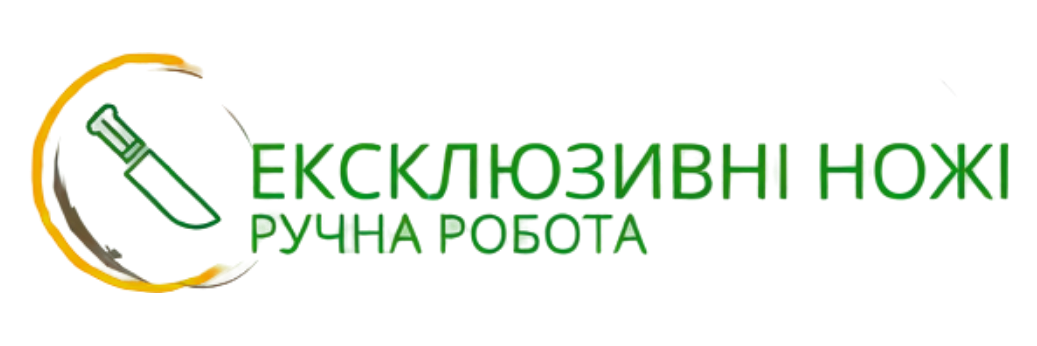














































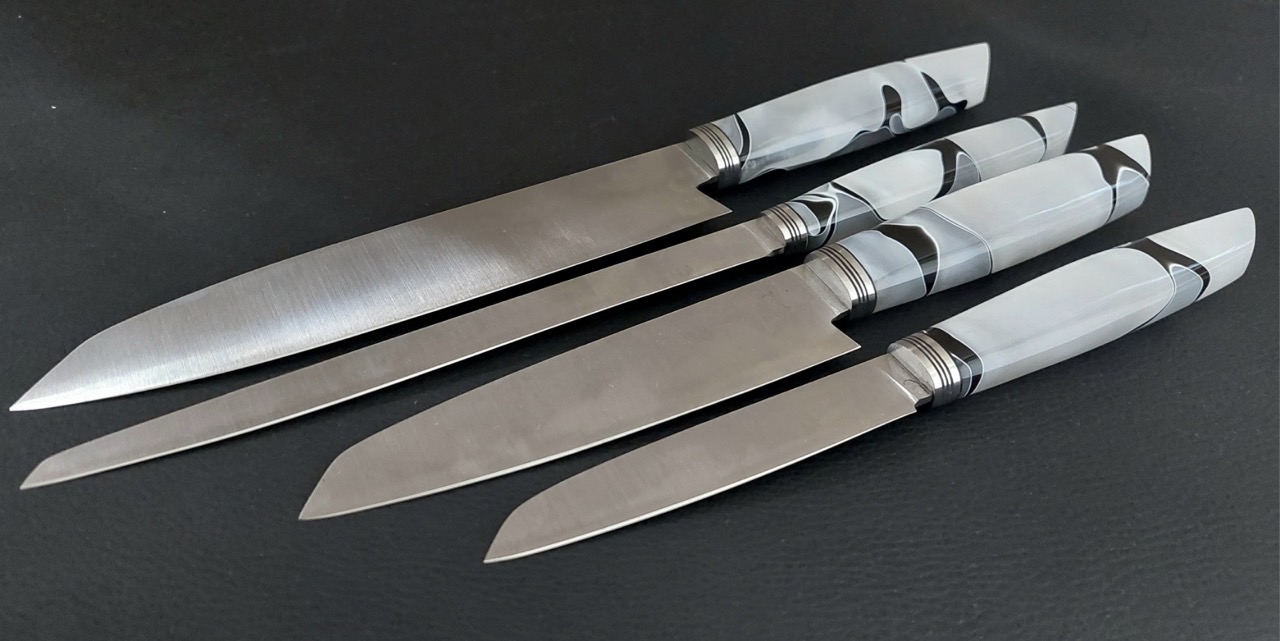

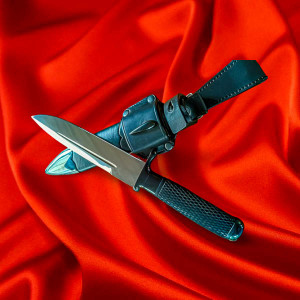
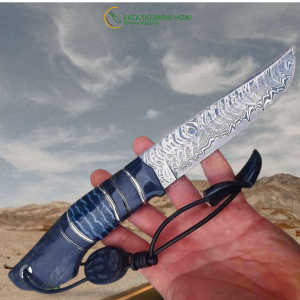
-300x300.png)
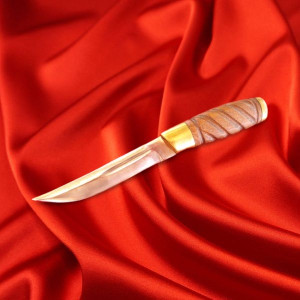
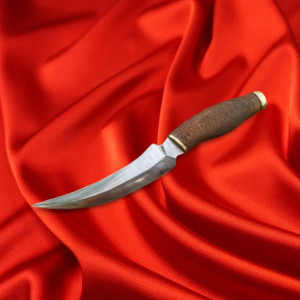
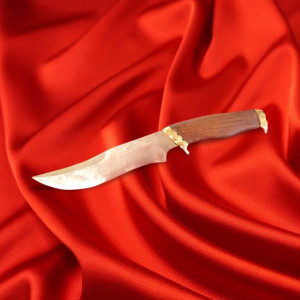
 мисливський ніж/ПЕРО_2 мисливський ніж111-300x300.jpg)
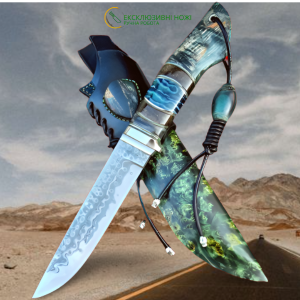

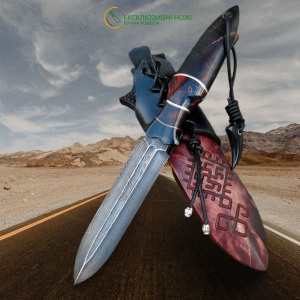
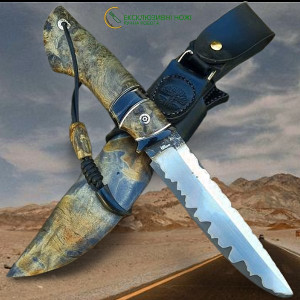
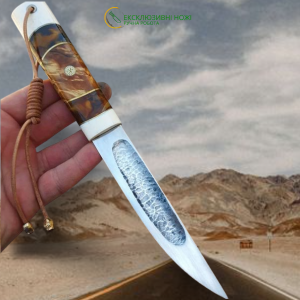

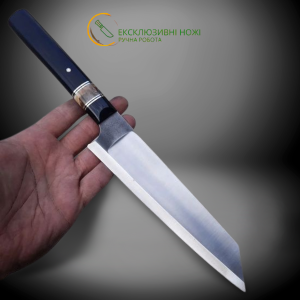

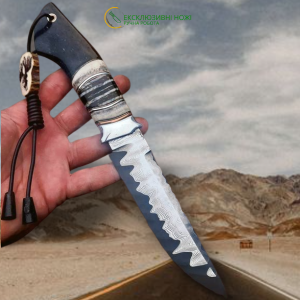
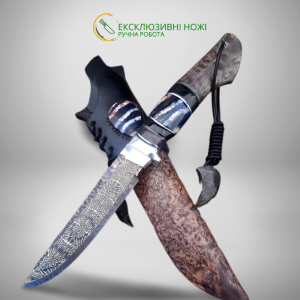
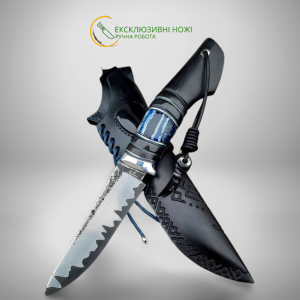
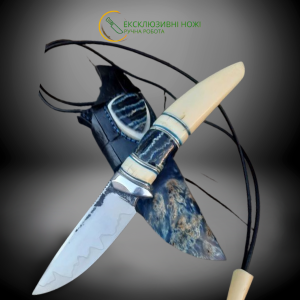
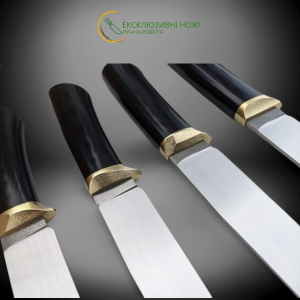
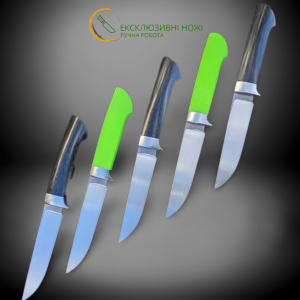
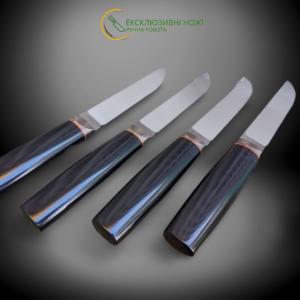
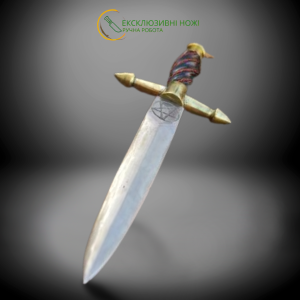
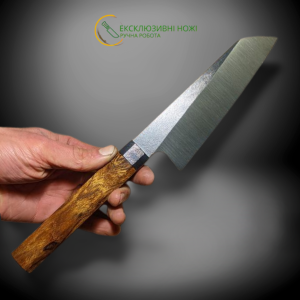

/КЛОНДАЙК (шукач скарбів) н6іж ручної роботи майстра студії ножів Павла Гончаренка-300x300.png)
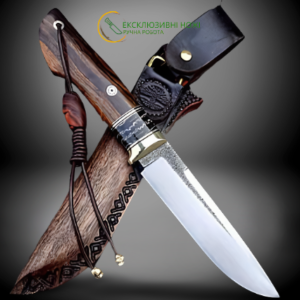
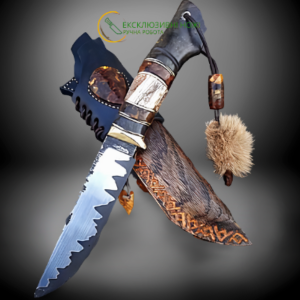

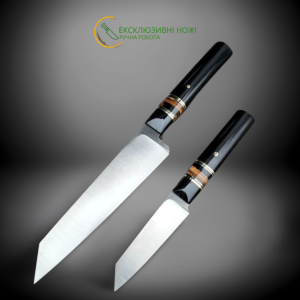
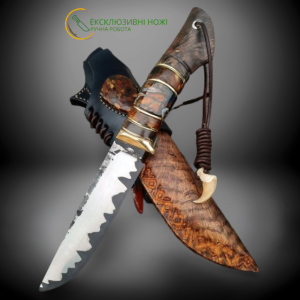
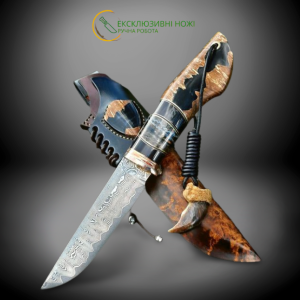
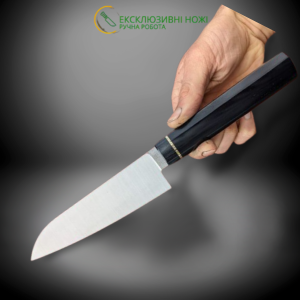
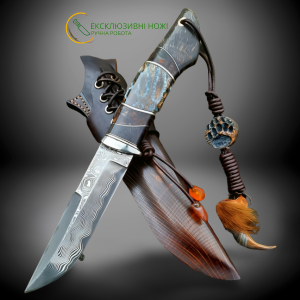






-300x300.png)
 — середнє 2-300x300.jpg)






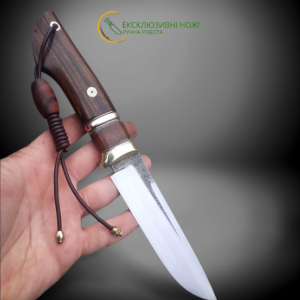







































































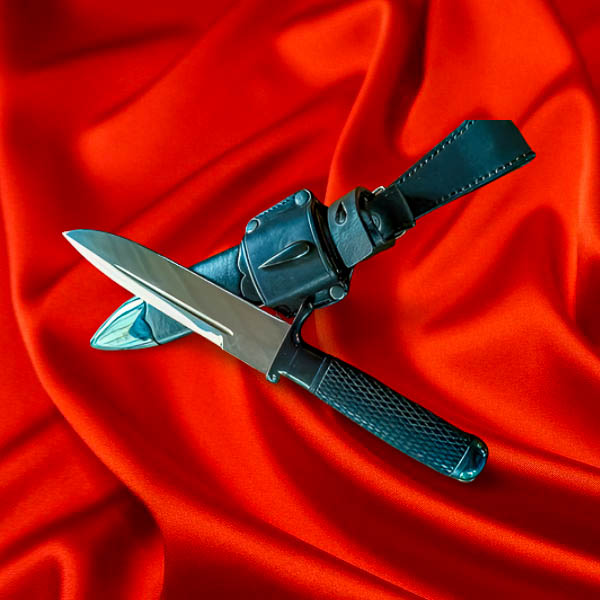


-600x600.png)
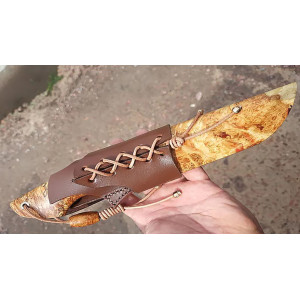
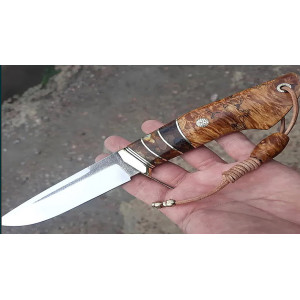






_заст-600x600.png)
9-300x300.jpg)
6-300x300.jpg)


























